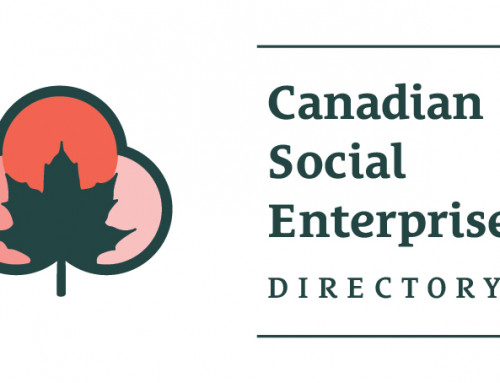Traditionally, the pathway to developing a successful enterprise is thought to involve, at the very outset, feasibility research and a solid business plan. Until recently, conventional post-secondary and community-based business programs invariably took this approach. Many still do. A business plan is still a requirement if one is approaching a bank for financing. We have all heard the adage: ‘fail to plan, and plan to fail’.
An alternative approach to business start-up has emerged. Inspired by the ‘lean manufacturing’ approach introduced in Japan by Toyota in the 1990’s, ‘Lean Start-Up’ is an approach that ‘favours experimentation over elaborate planning, customer feedback over intuition, and iterative design over traditional ‘big design up front’ development’.
Stanford, Harvard, Berkeley, and Columbia are among the American universities leading the charge. Harvard Business School has even wound down its renowned MBA Business Plan competition in favour of Business Model competitions.
In a nutshell, a quick, rough planning tool called the Business Model Canvas replaces the business plan. The process of developing a Business Model Canvas represents a weekend of planning… versus months for a business plan.
The Business Model Canvas is best used as a brainstorming tool for groups, including the potential micro entrepreneur and their support team. Areas mapped on the canvas include customer segments; value propositions; channels; customer relationships; revenue streams; key resources, activities, and partnerships; and cost structure.
In many ways, the areas above do not differ greatly from some of the key sections in a business plan. Aside from language, a key difference lies in the amount of time that is spent in deliberating before bringing a test product to the world. Not all businesses are a fit for Lean Start-Up, but smaller, simpler ones tend to be a better fit. In other words, small social enterprises could be good candidates for this approach.
By jettisoning the business plan in favour of ‘leaving the building’ and meeting prospective customers face-to-face, the Lean Start-Up approach aims to take the assumptions out of business development as quickly as possible, by going directly to meet customers with what the ‘lean folks’ refer to a ‘minimum viable product’ or MVP.
An MVP is not a perfect version of the product or service being contemplated. Rather, it is an initial version of the product, intended to invite early customer feedback. The sooner we can get this feedback, the less time is wasted in following bunny trails based on false assumptions.
Arguably, the majority of business plans contain overly positive feedback, and start-ups move ahead interpreting these results as a signal of guaranteed future sales. Sadly, market research suggesting interest in a product doesn’t automatically translate to folks opening wallets once the good or service is actually offered. So, many months later, with time and money invested in these assumptions, start-ups can face a disconnect between their plans and real world purchasing habits.
A related phenomenon is the concept of ‘pop-up stores’. These are living laboratories in which start-ups with an MVP to offer invest in a short-term rental of a retail space to gather real-life feedback from customers. Recently, we saw a small soap company ‘pop up’ in Victoria. The space was temporarily and inexpensively decorated, and the soap maker was open for business. Packaging was temporary, eliciting opinions from real people walking in the door. It is certain that the soaper also invited feedback on pricing and varieties while testing her business concept in a real-life situation.
Central to the approach of the Lean Start-Up is the ability to recognize when one should ‘pivot’ to address the feedback that is being received. The soaper would be keen to recognize patterns in client feedback. Perhaps she learns that most people would use the soap for themselves when she had assumed that they would be purchased as gifts: this reality would impact final package design, and what outlets she approaches to retail the final product. Perhaps she discovers that men would be interested in special scents, when she initially had not considered marketing her product to men: this could spawn another soap line, and a variant on the current branding.
We heard another story of a mother of a developmentally disabled woman who is a very talented baker. Mom wanted to take a half-year or so to develop a business plan for her daughter, while also keenly aware of the prohibitive costs of renting a commercial kitchen. She was challenged to instead ‘just do it’, by seeking out an existing local restaurant with a commercial kitchen which may be in need of baked items. It is hoped that an agreement can be forged, whereby the avid baker can provide baked goods for the restaurant, while launching her own micro enterprise from the space at the same time. Now, instead of spending precious time on a business plan which may include inaccurate assumptions, Mom is out seeking a partnership opportunity for her daughter. She may have the business well underway in less time than it would take to complete a business plan.
Whether you choose the traditional business plan path, or opt to explore Lean Start-Up by first developing a Business Model Canvas and quickly bringing a Minimum Viable Product out to the world for real-time feedback, it is important to understand the differences between the two approaches.
Here are some must-reads, on the Lean approach:









